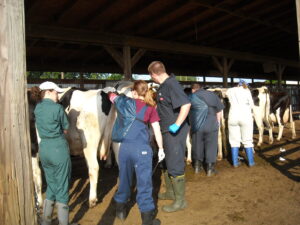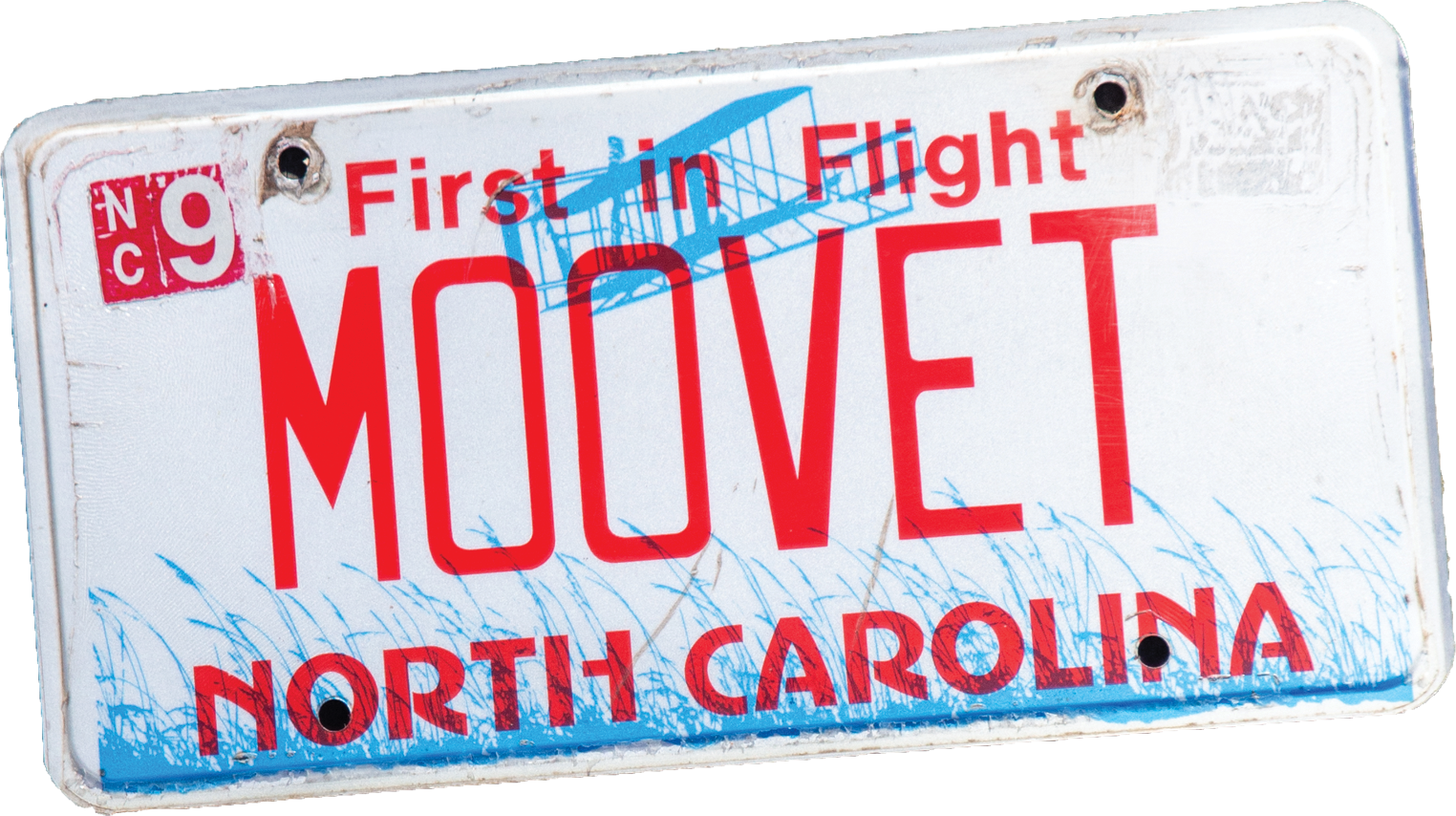Question: Why is agri–science important? The video above is a portal into the world of food supply. It was shot a decade or two ago at Dr. Galphin’s farm known as Agri–Science Opportunities. Dr. Galphin recognized that the world food supply structure was incapable of meeting the demand for food worldwide in the foreseeable future. This was based on population demographics compiled during the prior century. Notable world statistics from the 1900s showed that 50% of people were malnourished, 80% lived in substandard housing, 70% were unable to read, only 1% had a university education, and 5% controlled 60% of the resources (mostly the USA). Combine these characteristics with an exploding 6 billion population, where the world was adding a billion people every 10-12 years, and you have a recipe for disaster of global proportions. Obviously, there are limits to the number of people that our biosphere can provide with a high quality of life, and it is quite possible that our frantic attempts to feed expanding populations will degrade our environment and reduce the “carrying capacity” of the earth.
So, feeding the human population matters! However, two factors greatly complicated the solutions for increasing the food supply in the 1900s. Much of the world was illiterate, and this low-resourced 85% of agriculture produced close to 50% of the food. The other 50% of the food was produced by about 15% of agriculture, known as modern, high-input agriculture. Modern, high-input agriculture was maxing out the production gains afforded them by technology, and until new discoveries were made, they could not be counted on for increases. The needed food increases would have to come from the low-resourced 85%. By the year 2050, the demand for food should double! Regrettably, food insecurity and poverty are always closely correlated. The words of Norman Borlaug, the renowned agricultural scientist and Nobel Peace Prize winner, boomed a warning, “The most potentially explosive force in the world today is the frustrated desire of poor people to attain a decent standard of living.” In 1999, President Carter also weighed in by adding his opinion that hunger was not just a poverty issue — it was an emerging global security risk. It was in the above context that Agri-Science Opportunities was begun. It was an absurd attempt to achieve the impossible — end hunger!
Enjoy the video below by Dr. Galphin,

See more photos in the Gallery.
Why Is Agri–Science Important Now More Than Ever?
Agri-Science Opportunities was founded on the biblical guidance in Proverbs 29:18 — “Where there is no vision, the people perish.” Agri-Science was a unique, innovative life sciences and biotechnology entity built around a modern dairy farm. Its purpose was to model the profitable production of quality food products, produce and market high superiority genetics, explore sustainable solutions for future food production businesses, accelerate research into human and animal diseases, and share all knowledge assimilated in these efforts globally in order to improve the human condition throughout the world.
Agri-Science Opportunities was a very complicated business and achieved many of its goals. The business was organized into divisions called Opportunity Centers (OC). Examples of some of the OCs are the Dairy Production OC (milk), the Value Added OC (cheese), the Cattle Genetic OC (high-value embryos), Veterinary OC (nutrition, animal health, advanced reproduction, and consulting services), Education OC (partnered with veterinary college, high schools, grade schools and international clients), Energy OC (wind, solar, and biogas), and the Innovation OC (cancer, Alzheimer, and autism projects). There is no room here to go into the details of how and what was accomplished, but suffice it to say that remnants of the projects commenced are still alive, and many people were helped through the efforts of the business. So, what was learned, and where must we go from here to meet food demand? The following suggestions and considerations were brought to light:
- Societies must continue funding biotechnology, creating knowledge and new crops for the modern agriculture farming group, which was producing 50% of food but now has a larger share.
- We must continue to disseminate knowledge to low-resource farmers and make up the gap between them and the high-input farmers. This process has become much easier in the 21st century with the internet, cheap handheld computers (phones), and artificial intelligence language models. However, more effort and people need to be involved because there is more immediate food production gain that can be achieved through this education process than through new knowledge creation!
- Biofuel production needs to shift to enzyme conversion of biomass processes and away from using farmed crops to lessen competition for human edible foods.
- Solar energy production should be increased and relocated to buildings and rooftops, sparing arable land and fossil fuels for food production.
- We must strongly encourage food production where consumption occurs in order to decrease food transport costs and spare fuel for farming. The poor cannot afford the cost of long-distance transport, and this is the ultimate solution to feeding them.
In the first two decades of this 21st century, many of these suggestions have been followed and have led to good outcomes. Although there are almost 900 million people today with food insecurity, it is not because of lack of food. We currently produce enough for 1.5 times the global population. There is enough for everyone, but we still have work to do to conquer hunger. As a world, we must remove political barriers to food access, decrease the need and cost for food transport, and facilitate more food production where it is consumed. As the human condition is improved around the world, it results in decreasing birth rates, which gets us closer to a sustainable population that we can feed. Wow! Think about it. The end of hunger!

See more photos in the Gallery.
Contact Me With Questions About My Adventures In Food Supply Veterinary Medicine
Stay tuned — more excerpts from this mission and tales from the world of food supply veterinary medicine will follow in the next months. We’ll explore more about why agri–science is important. And I’d love to hear from you. Just use the contact form here and shoot me a note. In the meantime, God bless you.
